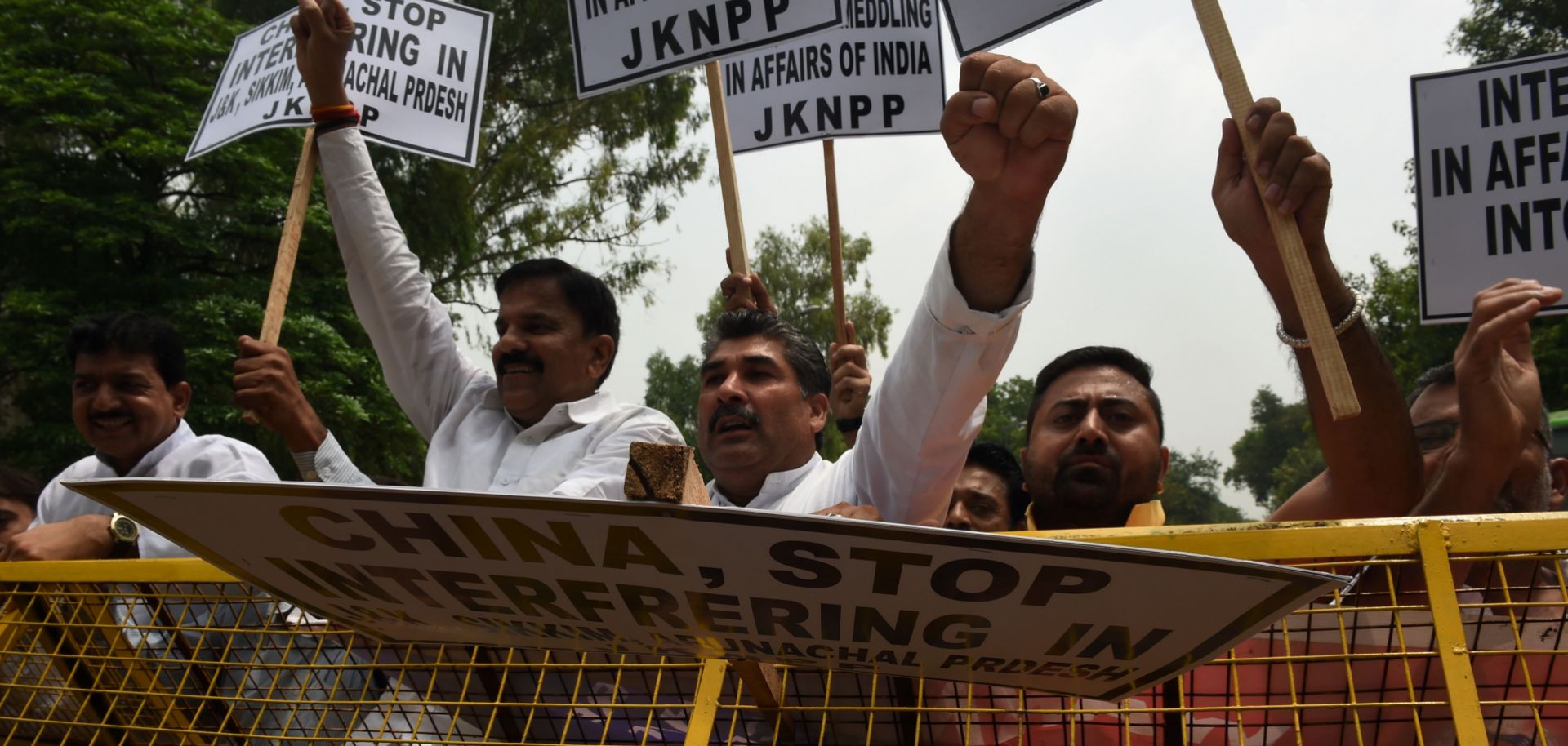ASSESSMENTS
Heading Off China at Doka La Pass
Jul 28, 2017 | 15:41 GMT

While New Delhi has called for both sides to stand down in Bhutan, Beijing has reiterated that India must withdraw its troops from the Doklam Plateau before negotiations on China's road project in the area can begin.
(MONEY SHARMA/AFP/Getty Images)
Forecast Highlights
- India will back down from its standoff with China only if Indian Prime Minister Narendra Modi has room to portray the resolution as a diplomatic victory to his political constituents back home.
- New Delhi won't have the means, however, to alter China's strategy in its periphery, even if it can temporarily halt construction on Beijing's road project in Bhutan.
- To defend against China's encroachment, New Delhi will bolster its defensive and infrastructure capacity along its northeastern border.
Subscribe Now
SubscribeAlready have an account?
